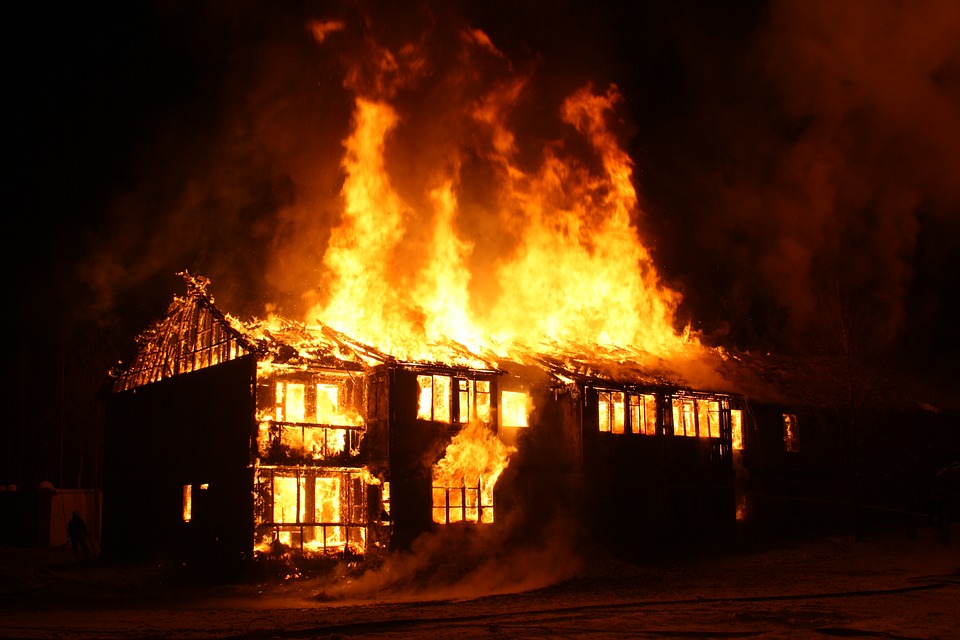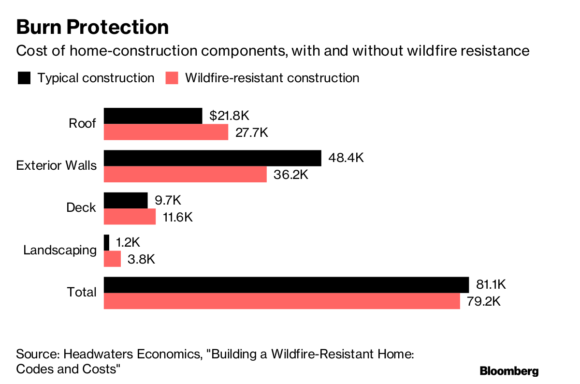Fire resistant building codes do not have to add to the costs of home construction, according to a new report just published by Headwaters Economics, a Montana-based wildfire consulting firm, and the Insurance Institute for Business & Home Safety.

In the report, the researchers stressed that fire-prone areas in cities should therefore consider adopting fire resistant building codes in order to safeguard more structures. Furthermore, regular sprinkler inspections should be done to improve the fire safety of the homes.
The researchers evaluated a number of newly-constructed, three-bedroom, 2.500 square-foot single story homes in Park County, Montana, which is an area that’s at high risk for wildfires, the Insurance Journal reported. They evaluated homes constructed using standard materials that conform to the International Wildland-Urban Interface code on fire safety.
The report found that by adding items such as fire resistant roofs, gutters and vents, the costs of construction increase by around $6,00 per home. Adding fire resistant doors and windows would bring up the costs of the materials by another $5,000, the researchers said.
Surprisingly though, they found that these additional costs can be offset to a large extent through the use of fiber-cement siding, which has greater fire resistance properties. It costs about half that of the more commonly used cedar-planking siding.

If construction firms followed this advice, a home that conforms to the wildfire safety code would actually costs 2 percent less than what it takes to build a traditional, non-fire resistant home, the researchers said. However, few U.S. states have actually adopted the wildfire safety code, due to the perceived extra costs associated with such buildings.
But now, “we know that it’s also a cost-effective method” for construction, said Headwaters Economics’ research and policy analyst Kelly Pohl.